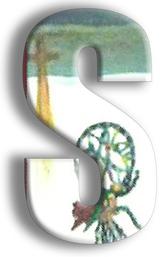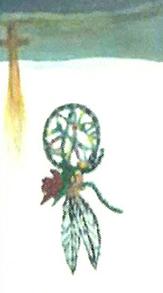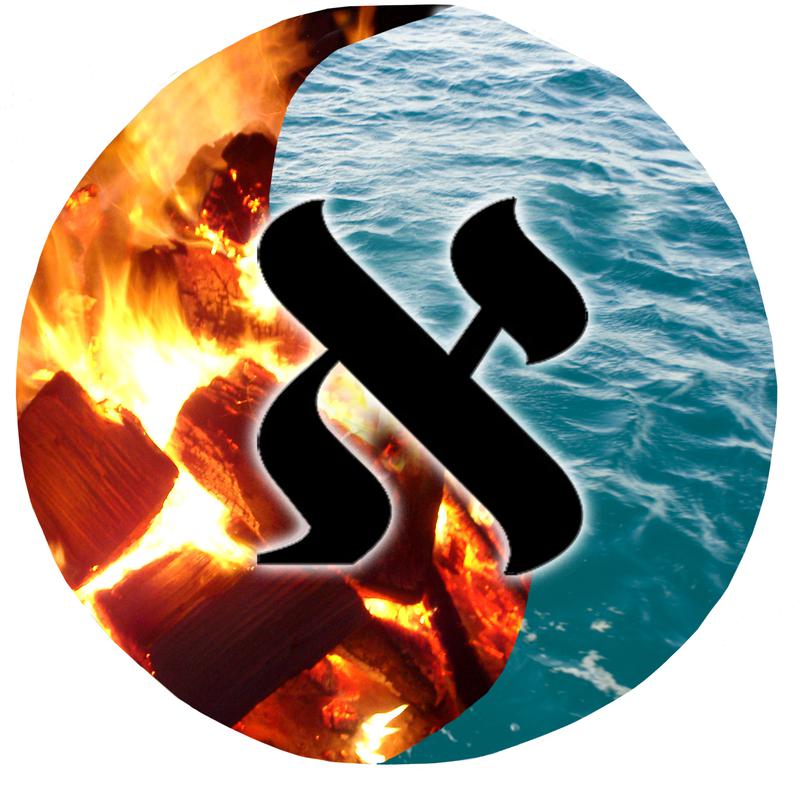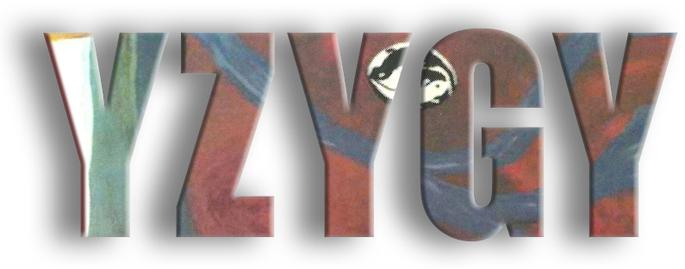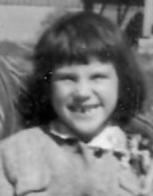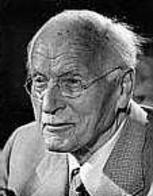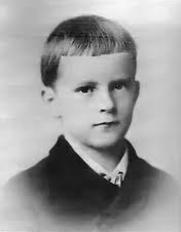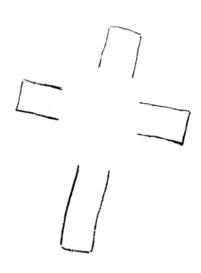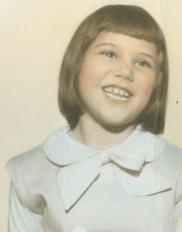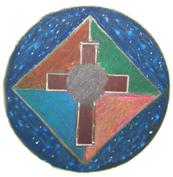MEMOIR LOGO CONCEPT: The aleph and a Sufi mystic inspired my creation and design of the syzygy logo, which I initially based on the symbolism of the yin and yang.
But the concept expanded when I first saw the aleph in Judith Cornell’s
Mandala Healing Kit, My inexplicable attraction to it led me to incorporate it into my logo before I knew what it meant.
I later read that the “Aleph (the first letter of the sacred Hebrew alphabet) embodies the primordial, divine potential of the universe. ... Aleph contains all the universe’s potential and all of its emptiness simultaneously. Aleph represents a dynamic process of movement from unity to diversity and back to unity,” Jennifer Judelsohn, Songs of Creation.
And the mystic poet Rumi inspired me to use the fire and water concept after I read The Question. Here is an excerpt:
“The presence is there in front of me. A fire on the left, a lovely stream on the right.
One group walks toward the fire, into the fire. Another toward the sweet flowing water.
No one knows which are blessed and which are not.
Whoever walks into the fire appears suddenly in the stream.
A head goes under water, and that head pokes out of the fire.”
LOGO ART: Cropped fire and water images from Free Images.
LOTUS LOGO: In spiritual and religious literature, “the lotus is a symbol for the macrocosm and the microcosm, the universe and man. The lotus represents the divinity of the cosmos as well as the divinity of man.
The lotus is the center of the infinite, omnipresent consciousness which connects with the consciousness of the universe. Through the intuition, one of man’s divine gifts, the spiritual student can see the infinite, omnipresent consciousness as the lotus flower within himself.”
LOTUS ART: Courtesy
Homestead, my website service provider. (Temporary art while I design of my own lotus logo.)
TO DOWNLOAD FREE SAMPLE CHAPTER OF SYZYGY:
THE MEMOIR
TO BUY MEMOIR
(Thru Amazon)
THE MEMOIR
CROSSING THE BRIDGE TO SELF
THE WEBSITE
THE MEMOIR
NEW!
An ocean, 80 years apart, two souls pass in the night
[When Gabrielle Elizabeth Hayes wasn’t pondering her soul, she was trying to figure out why the sign of the cross didn’t add up: the Father, Son, and Holy Ghost but you touch four spots, as this Chapter 7 excerpt from her memoir shows.]
With my dumpster revelation in mind, I would lie on the cold linoleum on my belly, with my nose under the crack of the cloakroom door, and I would think long and hard. In the name of the Father, the Son, and the Holy Ghost. That’s three. Yet when saying the sign of the cross we touch four spots: forehead, chest, left shoulder, and right shoulder. It just didn’t add up, like something was missing....
When Daddy or Sister St. Helen thought I was locked up begging for forgiveness or regretting my terrible sins, I would work on this problem—until one day, ah-hah, I figured out a solution. ...
At last diverted from the imperfect Trinity that added up to four in my book, I had more time to focus on something far more intriguing, something that had not yet lent itself to words, that is, the grayish, murky sphere, like a full moon on a foggy night, that had always hovered there in the back left-hand side of my mind.
“I can see it right here,” I said to Chrissy, touching my head.
“You’re silly,” she said. “Nobody can see their soul.” ♂
(I somehow knew as a child that a fourth thing was lacking, but it would be more than 50 years before I knew in my gut what it was: the opposite of male: female; the opposite of good: evil.)
“The archetype is like a black hole in space: You only know it’s there by how it draws matter and light to itself. … The most important archetype of all is the Self. The Self is the ultimate unity of the personality and is symbolized by the circle, the cross, and the mandala, figures that Jung was fond of painting.”
Dr. C. George Boeree
Professor Emeritus
Shippensburg University
Gabrielle Hayes could always see her soul (a sphere on her mental horizon). She thought everyone could.
To Jung, the sphere is a collective unconscious symbol of the Self. Jung crossed over at age 85,
when Gabrielle
was 5.
[Carl Gustav Jung intuitively knew that something was lacking from the Trinity. To Jung, Pope Pius XII’s 1950 proclamation of the Assumption of the Virgin Mary basically declared the Trinity a Quaternity.]
Mary’s bodily ascent into heaven
was a popular belief long before Pope Pius XII declared the Assumption an official Catholic doctrine in 1950. Jung considered this the most important religious doctrine since the Reformation because with this new doctrine “the Trinity became a Quaternity, which contains its missing dark, feminine, material, earthly, or evil component.”
Of course, Jung also knew that a new age was upon us, though who could have predicted that in 50 years, a pope driving a popemobile would be open to priests marrying, would personally call a gay person on the phone to offer assurance, would reach out to atheists, and would offer to baptize a traumatized woman’s out-of-wedlock baby.
Nonetheless, groundbreaking for the 1950s, the proclamation confirmed for Jung that the psyche spontaneously produces symbols, such as spheres and squares, long before they become conscious. He might say that Gabrielle did not call forth the sphere but that it approached her.
These unconscious projections of archetypal images persist from ancient Rome to modern Washington, D.C. Based on mandalas, both cities might be described as urbs quadratas, or square cities, perhaps depicting a round city divided into four quadrants [1]. ♂
“Roundness (the mandala motif) generally symbolizes a natural wholeness, whereas a quadrangular formation represents the realization of this in consciousness. ... The round table, incidentally, is a well-known symbol of wholeness and plays a role in mythology—for instance, King Arthur's round table, which itself is an image derived from the Last Supper.”
Gabrielle Elizabeth Hayes was born in 1955. But she had not even heard of Swiss psychologist Carl Jung until 1990, when Jung’s Man & His Symbols appeared on a required reading list in a class she took by a fluke. It began a life-long process of becoming aware of the conscious and unconscious aspects of her psyche and the importance of integrating them. She hopes her memoir and website will help to introduce Jung and his work—which is often deemed too complex for the masses—to all walks of life who might not have crossed paths with Jung or his work otherwise.
Carl Gustav Jung began this lifetime in 1875. A prolific academic writer, he founded analytical psychology and created and developed numerous concepts, including the syzygy (the integration of opposites), the collective unconscious, the complex, the archetypes, the process of individuation, and the introvert and extravert personality types. After a strange dream prompted him, the retired Jung at age 85 spent the last months of his life working on Man & His Symbols, a book he hoped would be accessible—not to other scholars— but accessible to you and me.
SOURCE: [1] Aniela Jaffé, Jung’s Man & His Symbols (p. 243).
Click cross for Gabrielle’s latest revelation.
Aniela Jaffé, Jungian psychologist and Jung’s secretary
© 1955–2015 Syzygy: Crossing the Bridge to Self. All Rights Reserved.
